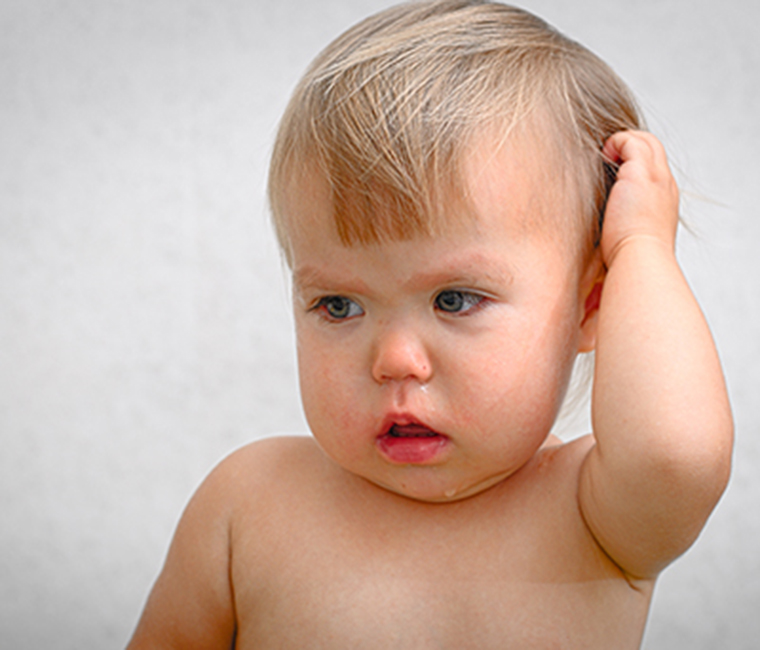Another visit to the pediatrician, another ear infection. It was your baby’s fourth ear infection in less than one year. The doctor suggested it was time to consider the insertion of ear tubes to help prevent future infections. He explained that chronic ear infections may lead to long-term problems for your little one. Yes, it was time.
Washington University physician David Leonard, MD, a pediatric otolaryngologist, explains, “Children get more ear infections than adults because their Eustachian tubes (channels that connect the middle ear to the throat) are shorter than an adult’s. The Eustachian tubes are also narrower and more horizontal, which means it is difficult for fluid to drain out of the ear – even if the youngster is healthy.
If the Eustachian tubes swell or become blocked with mucus due to a cold or other respiratory illness, it creates the ideal conditions for bacteria to grow – which can lead to an infection. Unfortunately, because a child’s immune system is still developing, this makes it harder for children to fight infections. And for some kids, these infections happen more often.”
SIGNS YOUR CHILD MIGHT HAVE AN EAR INFECTION
Dr. Leonard says, “Fever may come with an ear infection, but not always. For many children it’s just fussiness, crying more than usual and being clingy.”
Other symptoms to watch for include:
- Earache
- Ear drainage
- Trouble hearing
- Trouble sleeping
- Ear tugging
- Poor appetite
- Vomiting
- Diarrhea
EAR TUBES
If your child has frequent middle ear infections (more than three infections in six months or four in a year), doctors usually recommend ear tubes, also known as myringotomy tubes.
When a child has an ear infection, fluid in the middle ear becomes infected, which can cause discomfort and may affect your child’s hearing. Sometimes, even after the infection is gone, some fluid may remain in the ear. The tubes can drain this fluid, and prevent it from building up again.
Other reasons to place ear tubes, if your child has:
- Fluid in the middle ears for more than three or four months
- Fluid in the middle ears contributing to hearing loss or speech delay
- Chronic middle ear infections that do not improve with antibiotics
Myringotomy is the surgical procedure (usually outpatient) that involves making a small opening in the eardrum to drain fluid and relieve pressure from the middle ear. A small tube is then placed in the opening of the eardrum to ventilate the middle ear and to prevent fluid from accumulating. The procedure usually takes about 15 minutes and is done under general anesthesia.
Ear tubes require relatively little follow-up. The child returns to the surgeon’s office a month after the procedure, then every six months after that until the ear tubes fall out – usually within 9-12 months. By that point, many children outgrow their ear problems and don’t require additional sets of tubes.
Every year, approximately half a million children get ear tubes, making this procedure one of the most common surgeries for children in the United States.
For more information, or to make an appointment with Dr. Leonard, please call (314) 454-6162.
St. Louis Children’s Specialty Care Center
13001 North Outer Forty
St. Louis, MO 63017
St. Louis Children’s Hospital
1 Children’s Place
3rd Floor
St. Louis, MO 63110
Washington University Pediatric Specialty Care – Richardson Road
148 Richardson Crossing
Arnold, MO 63010
